Tourism development associated with traditional cultural values

Implementing Plan 253/KH-UBND for the period 2021-2025, Hanoi city has structured capital sources for content 6 on "Preserving and promoting the fine traditional cultural values of ethnic minorities" associated with tourism development", with a budget of tens of billions of dong.
The city is interested in supporting investment funds for the synchronous construction of grassroots cultural institutions and cultural houses in ethnic minority and mountainous villages in the list of projects under the Program to meet the cultural needs of ethnic minority and mountainous communities.
On April 26, 2024, the Department of Tourism coordinated with the People's Committee of Ba Vi district to organize the Announcement Ceremony of the Mien village community tourism destination with the theme "Healing - Calming - Nourishing wisdom". This is the first community tourism model associated with traditional cultural values of ethnic minorities in Hanoi. The Mien village community tourism destination was built in Hop Son village, Ba Vi commune - where over 98% of the Dao people live and work as traditional herbal medicine makers.
Director of Hanoi Department of Tourism Dang Huong Giang said that this is an outstanding project to contribute to the implementation of the city's and the industry's plans on piloting a community tourism model associated with practical experiences at craft villages and tourist destinations associated with traditional cultural values of ethnic minorities in Ba Vi district.
.jpeg)
Van Hoa is one of the 7 mountainous communes of Ba Vi district, with about 48% of the Muong ethnic people. More than anyone else, Vice Chairwoman of Van Hoa Commune People's Committee Nguyen Thi Ngoc Ha clearly understands the importance of preserving and promoting the cultural values of her ethnic people for local tourism development.
Thanks to the implementation of the Program, Van Hoa commune has received attention from the city and district for investing in projects to preserve ethnic culture in the area. Specifically, preserving Muong gong culture and restoring Muong ethnic costumes. Along with cultural and artistic activities and movements, the district also organizes Muong gong training classes so that ethnic people can understand and preserve their ethnic culture.
“Each set of Muong gongs costs about 40-50 million VND. In the commune, there are 11 villages with 13 gong teams consisting of about 15 members each. In addition, we also organize Muong language teaching for children to communicate daily... That is the great success of the Program when implementing projects in the commune in the past time”, Ms. Nguyen Thi Ngoc Ha shared.
In Ba Vi district, the locality has organized Muong ethnic language broadcasting on the Radio Station system of mountainous communes in ethnic minority areas twice a week; successfully organized Muong gong training sessions in 3 communes of Yen Bai, Van Hoa, Tan Linh and provided gongs to the People's Committees of mountainous communes for management, use and preservation to preserve Muong ethnic culture.
In particular, the culture of ethnic minorities in Hanoi is not only preserved and developed, but also exploited in tourism development. In Minh Quang commune, many tourism operators are collaborating with gong clubs of villages to perform arts for tourists. This is a practical work, both promoting Muong culture and bringing a significant source of income to local people.
The young generation focuses on preserving the cultural values of their nation.

Thach That district has 30 ethnic groups living, of which ethnic minorities include 13,054 people, accounting for 5.68% of the population. Ethnic minorities live mainly in the communes of Tien Xuan, Yen Binh, Yen Trung, of which the Muong ethnic group accounts for 94.66% of the total number of ethnic minorities in the district. Each ethnic group has its own culture and customs, but they are always connected and blended together, contributing to the diversity, richness and strong national identity of the locality.
There are 15 gong clubs in the district, including 1 club in Tien Xuan commune, 4 clubs in Yen Trung commune and 10 clubs in Yen Binh commune. In order to preserve and promote Muong ethnic culture in general and Muong gong culture in particular, Thach That district actively organizes training and fostering in the art of gong playing.
Meritorious artist Bui Thi Bich Thin, head of the Tien Xuan Commune Gong and Folk Dance Club, shared that the commune's club was established in 2014 with 25 members. By 2008, each village had established its own gong team with a total of 84 members. In addition to the teams contributing money to buy gong sets for performances, the district provided 17 gong sets to the villages of Tien Xuan Commune and opened many training classes to guide the team members in playing gongs.
“The establishment of Muong gong clubs and teams aims to maintain regular collective performance activities and transmit the art of gong performance to the next generation. Thus, the art of Muong gong performance will not be forgotten,” said Ms. Bui Thi Bich Thin.
As a prestigious person in Yen Trung commune, Mr. Dinh Quang Tho is excited when the city as well as Thach That district implement projects in the Program to preserve and promote the cultural values of his Muong ethnic group. Currently, Yen Trung commune has more than 4 thousand people, of which the Muong ethnic group accounts for more than 85%.
According to Mr. Dinh Quang Tho, thanks to the implementation of the Program, the city and district have invested in 7 residential clusters of 4 gong villages to maintain cultural and artistic activities of the Muong ethnic group during holidays, Tet and New Year. The Muong ethnic group still wears traditional costumes and speaks the Muong language to preserve and promote the cultural values of their ethnic group.

“Recently, the Commune People's Committee also coordinated with Yen Trung Primary School to organize a festival to experience Muong ethnic culture for students. The commune's gong clubs regularly perform for tourists when they come to the locality. These activities are truly meaningful, helping the younger generation of ethnic minorities preserve the cultural values of their people,” said Mr. Dinh Quang Tho.
Vice Chairwoman of Thach That District People's Committee Nguyen Thi Bich Ngoc said that gong performance is an indispensable cultural and artistic activity in the spiritual life of people in mountainous areas, contributing positively to building cultural life and promoting the implementation of socio-economic development tasks in the area.
“The preservation, restoration and promotion of traditional cultural values of ethnic minorities in the district have been carried out actively and promptly. Thereby, creating consensus and enthusiastic participation of Muong ethnic people in 3 mountainous communes”, Ms. Nguyen Thi Bich Ngoc shared.
In Quoc Oai district, there are 2 communes belonging to ethnic minority areas, namely Phu Man and Dong Xuan communes, with 22 ethnic minorities, including 7,229 people, accounting for 3.47% of the district's population. Quoc Oai has become one of the 5 localities with a large concentration of Muong ethnic people in the capital. In addition to socio-economic development, the district is interested in improving the spiritual life of ethnic minorities on the basis of preserving and promoting traditional cultural values.
Vice Chairman of the People's Committee of Quoc Oai District Hoang Nguyen Ung said that in order to create conditions for the preservation and promotion of ethnic minority culture, the district provided 18 sets of gongs for two communes (one set for each village), and provided traditional costumes for two core gong and folk song teams of the two communes. At the same time, the locality also organized many activities to create conditions for people to introduce and promote cultural beauty to the public.

Gong teams also participate in performing at events organized by communes and districts. The theatricalization of gongs has contributed to popularizing and promoting them to the masses. Every year, the People's Committee of Quoc Oai district also organizes competitions such as: Muong village beauty; gong and folk song performances; ethnic minority sports..., attracting a large number of people to participate and cheer, contributing to educating community awareness, preserving and promoting the national cultural identity for generations of Muong people in Quoc Oai.
“The training activities aim to preserve and promote the inherent cultural identity of the Muong ethnic group, helping them to preserve traditional cultural values. This is also an opportunity for people to express and introduce the beauty of Muong gongs. Thereby, contributing to building the spiritual and cultural life of ethnic minorities in Quoc Oai district,” Mr. Hoang Nguyen Ung shared.
(To be continued)
Source: https://hanoimoi.vn/5-years-of-implementation-of-resolution-88-2019-qh14-cua-quoc-hoi-doi-thay-vung-dong-bao-dan-toc-thieu-so-o-thu-do-bai-2-gan-bao-ton-voi-phat-huy-gia-tri-van-hoa-vung-dong-bao-dan-toc-701045.html



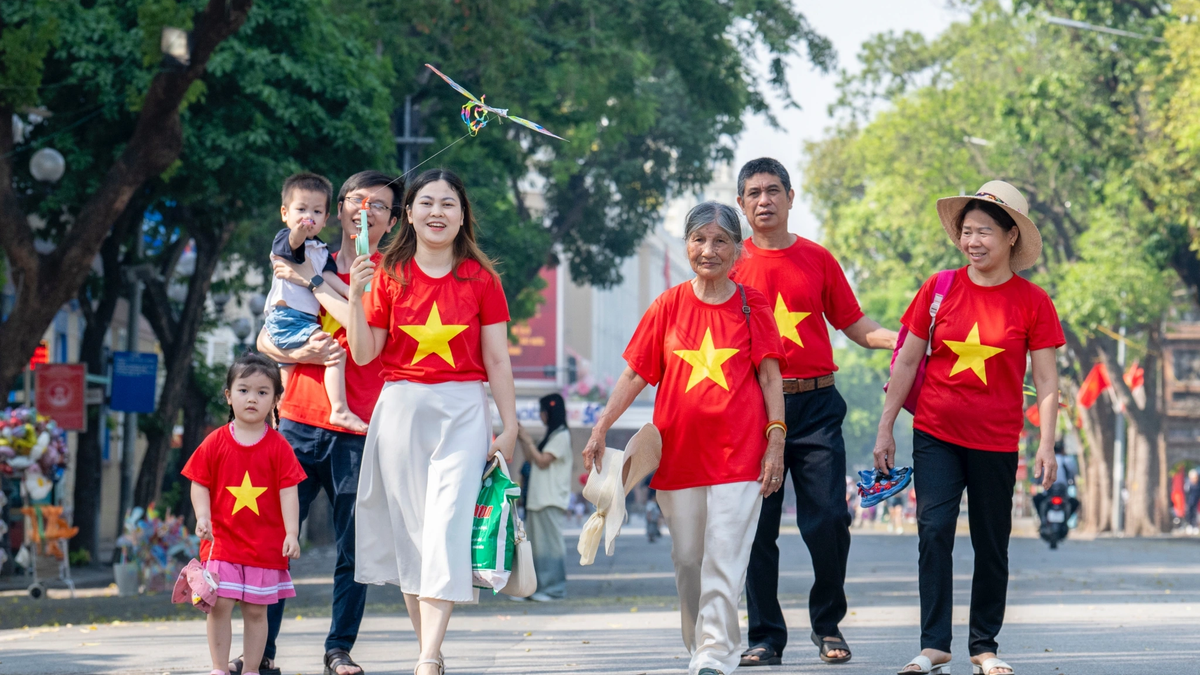

![[Photo] Bustling construction at key national traffic construction sites](https://vphoto.vietnam.vn/thumb/1200x675/vietnam/resource/IMAGE/2025/5/2/a99d56a8d6774aeab19bfccd372dc3e9)





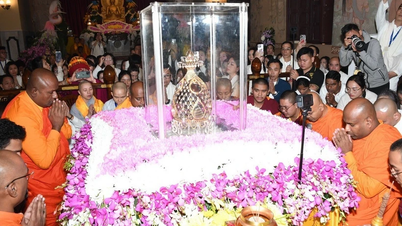

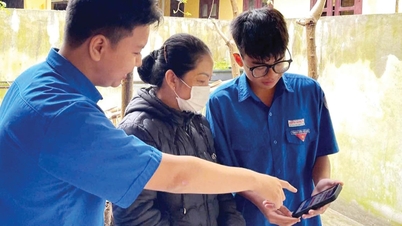




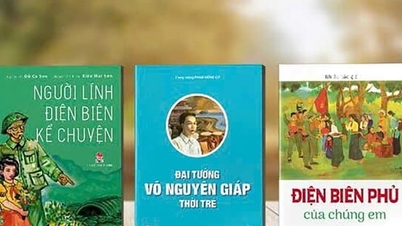
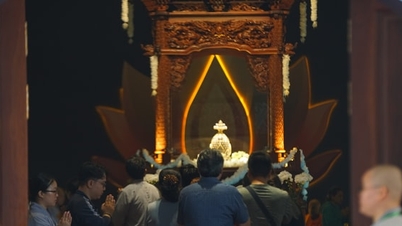
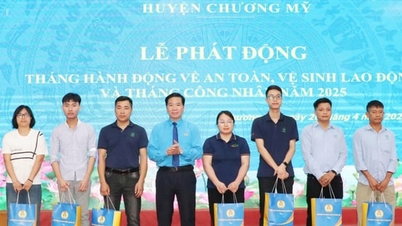
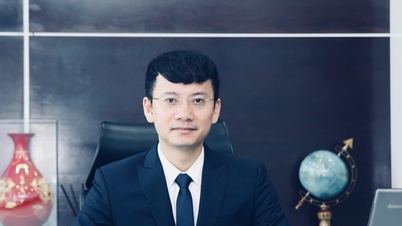
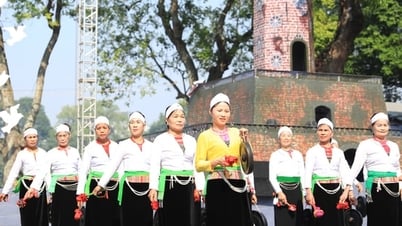
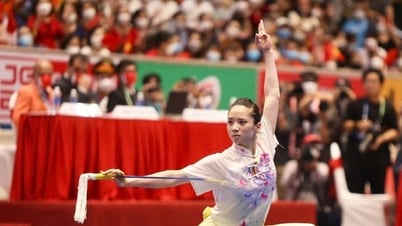

![[Photo] Binh Thuan organizes many special festivals on the occasion of April 30 and May 1](https://vphoto.vietnam.vn/thumb/1200x675/vietnam/resource/IMAGE/2025/5/1/5180af1d979642468ef6a3a9755d8d51)
![[Photo] "Lovely" moments on the 30/4 holiday](https://vphoto.vietnam.vn/thumb/1200x675/vietnam/resource/IMAGE/2025/5/1/26d5d698f36b498287397db9e2f9d16c)


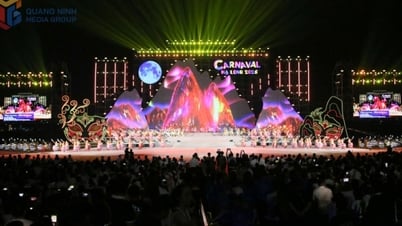

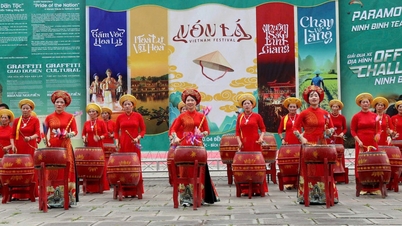

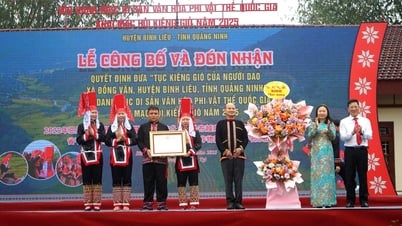







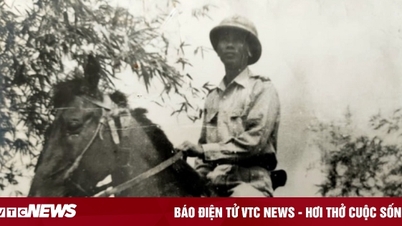

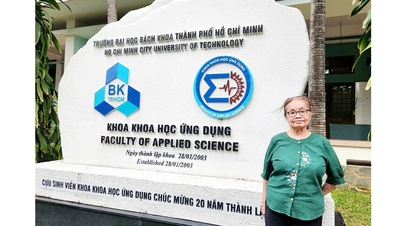

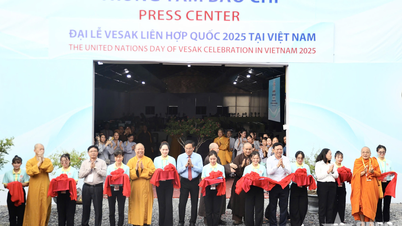

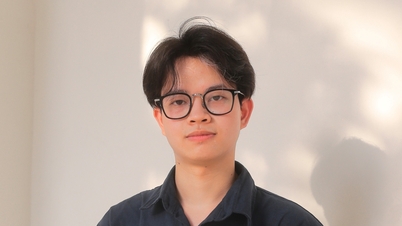











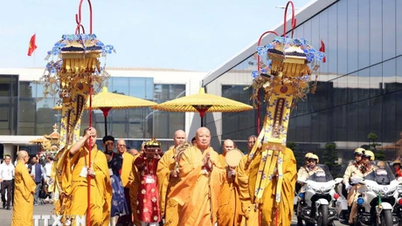


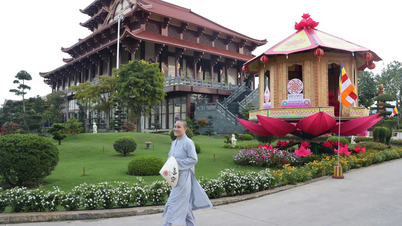

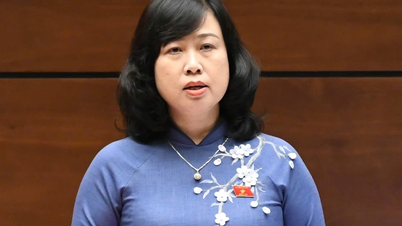

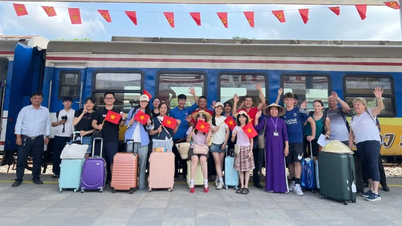










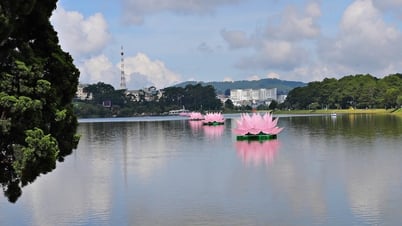

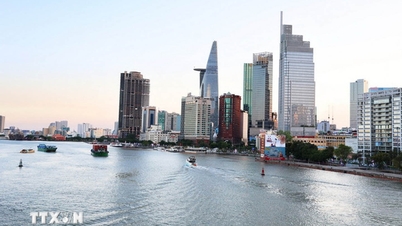

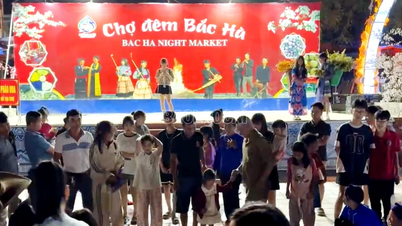

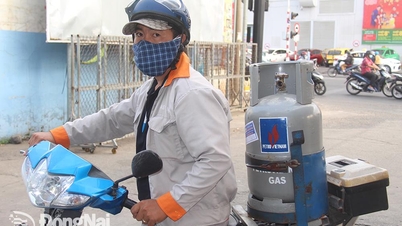







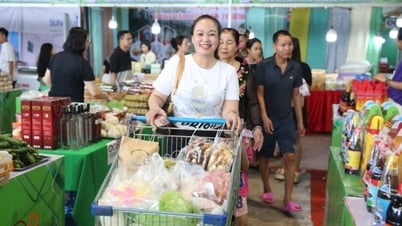
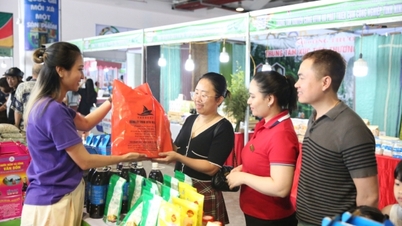
Comment (0)